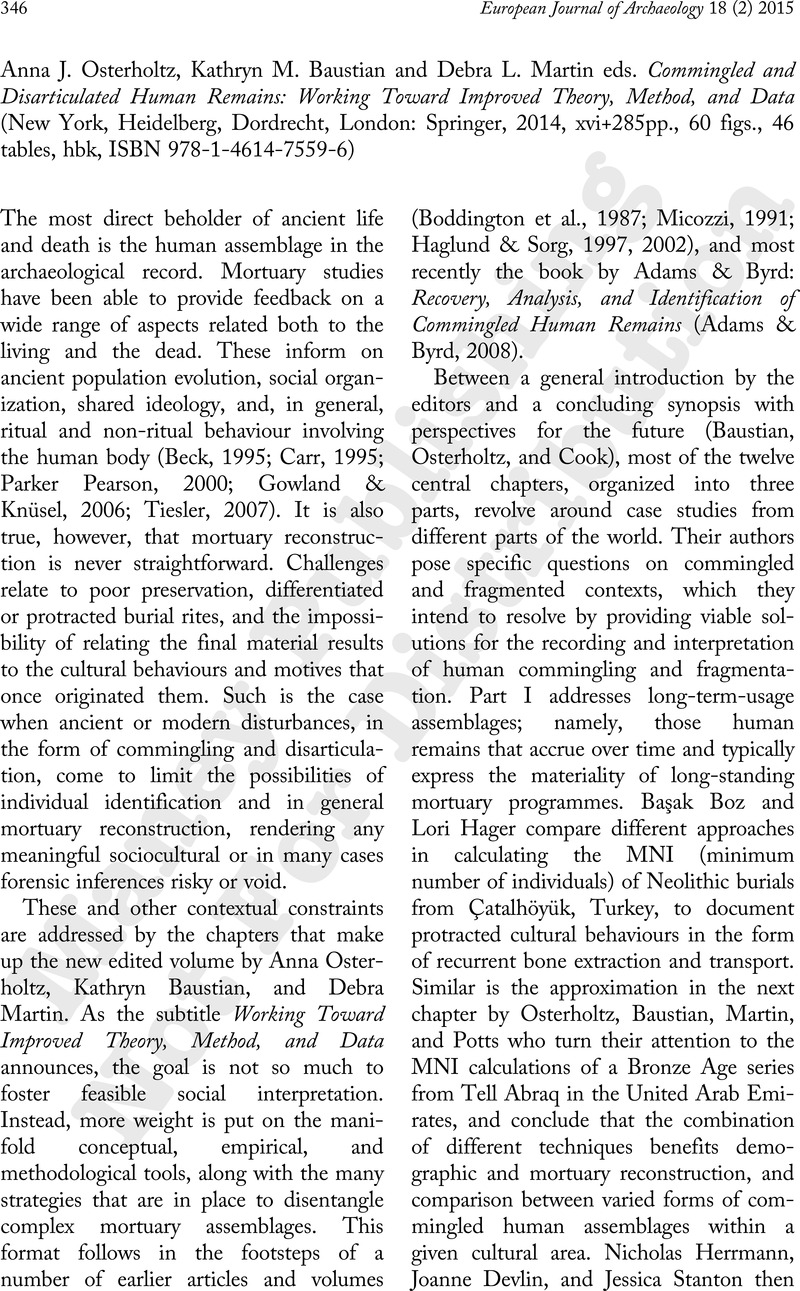Crossref Citations
This article has been cited by the following publications. This list is generated based on data provided by Crossref.
Campbell, Roselyn A.
2020.
The human remains from Tomb MMA 514 in North Asasif.
Polish Archaeology in the Mediterranean,
p.
193.



